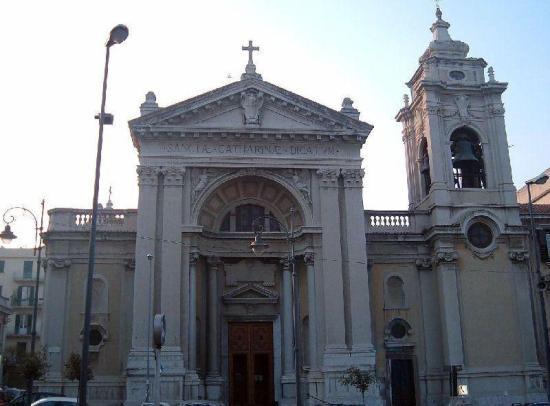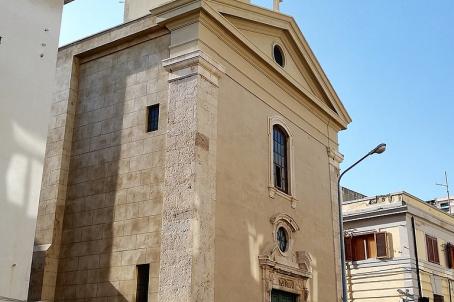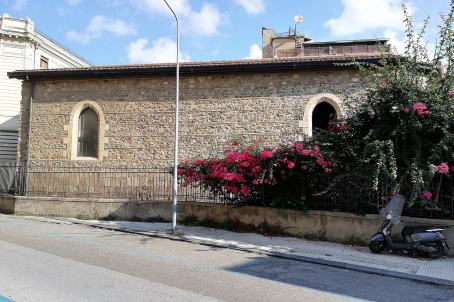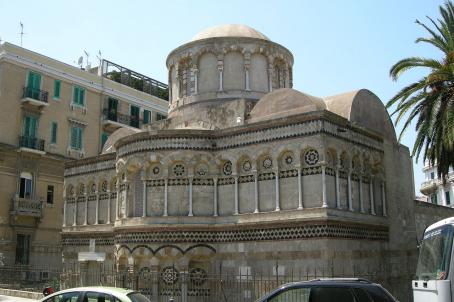Chiesa di Santa Caterina di Valverde
The present church of Santa Caterina di Valverde was built between 1926 and 1932, but there has been a church here since the Middle Ages. Since 1330, the history of this church has been linked to that of the monastery of Santa Maria Valverde, built around 1255. After the Val di Noto earthquake of 1693, the monastery became unusable and the structures of the Temple of Venus, on whose ruins it stood, collapsed. A new monastery and church dedicated to St Catherine of Alexandria was built, with a single nave and a semicircular apse. The 1783 earthquake in southern Calabria destroyed the church and most of the frescoes. This event led to a second reconstruction. After the Messina earthquake of 1908, the entire complex was demolished to allow for the new urban topographical division. The current reconstruction was carried out on a project by the architect Cesare Bazzani 1926-29. The new temple was opened for worship on 12 March 1932.






